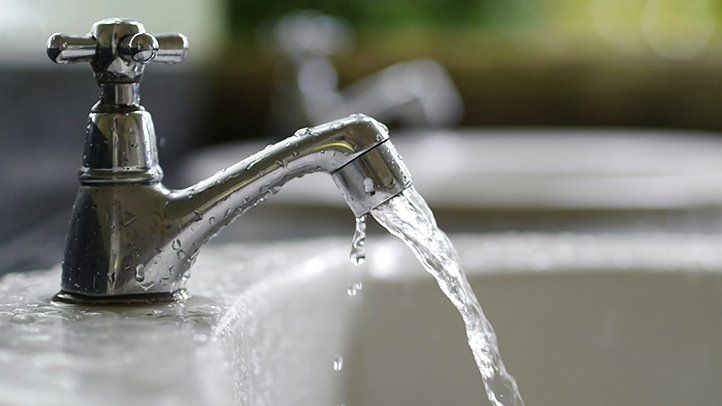80 Million Litres of Water Can Be Saved Every Day in London Through One Simple Change, Shows New Research
New research has revealed the one simple change Londoners can make to save over 80 million litres of water every day.

By reducing the number of times they flush the toilet each day from 5 times to 4, Brits’ daily water usage will drop by 21 litres per household – a total of 577 million litres across the UK’s 27.6 million households, and 80 million litres right here in London.
According to the study, which was conducted by water experts Harvey Water Softeners, the financial savings would also be great, saving Londoners nearly £111 thousand every day in water bills*.
Sir James Bevan of the Environment Agency has warned that England could run short of water within 25 years if significant savings are not made. Alongside action being taken by the government, water companies and regulators to reduce leakage and address supply, Sir James wants the public to use less water, dropping from an average of 140 litres per day to 100 litres per day – a target set by Waterwise, which campaigns for water efficiency.
Simply flushing the loo less frequently will be enough to get us 50% closer to that target.
Speaking at the Waterwise conference, Bevan said:
“Climate change is what’s happening. It means that in the UK we will have hotter and drier summers.
“That will mean more water shortages: by 2050, the amount of water available could be reduced by 10-15%, with some rivers seeing 50%-80% less water during the summer months. It will mean higher drought risk, caused by the hotter drier summers and less predictable rainfall.
“Result: on the present projections, many parts of our country will face significant water deficits by 2050, particularly in the south east where much of the UK population lives.
“If by 2050 we reduced per capita consumption to 100 litres a day, leakage by 50%, and did nothing else, it would provide enough water for an additional 20 million people without taking any more from the environment.”
Global attention has been focused more than ever on the environmental impact of our actions as the Covid-19 pandemic has progressed. In September, David Attenborough released his witness statement in the form of TV documentary A Life On Our Planet, raising further awareness of the need to save water, while Google data shows the highest volume of searches for the term “save water” in 5 years.
Here’s how the savings look per region, based on the cost per cubic meter charged by the water board of that region and the population of the region:
| Region | Financial saving (GBP) | Water saving (litres) |
| South West England | £101,189.19 | 50,594,594.59 |
| North West England | £120,351.35 | 65,765,765.77 |
| East of England | £85,941.89 | 56,171,171.17 |
| Midlands | £137,872.52 | 91,306,306.31 |
| South East England | £118,200.45 | 82,657,657.66 |
| Yorkshire and the Humber | £68,698.56 | 49,423,423.42 |
| Greater London | £110,748.11 | 80,252,252.25 |
| North East England | £25,373.15 | 23,936,936.94 |
| Scotland | £68,370.45 | 49,135,135.14 |
| Wales | £67,315.14 | 28,252,252.25 |
Tony Jones, General Manager at Harvey Water Softeners, the water quality business that conducted the research, added:
“Water is such a precious commodity and plays an important role in many areas of our lives. By making very small changes to our habits – such as flushing the loo one time less per day – we can realise significant savings on an individual and countrywide level.”
*Around half of UK households are charged for their water on a water meter, which calculates fees based on a cost per cubic metre – the cost per cubic metre in each region was used to calculate the total potential saving. The other half of the UK is charged un-metered, though Water.org encourages homeowners to consider moving to a metre to be charged based on usage rather than flat rates.
